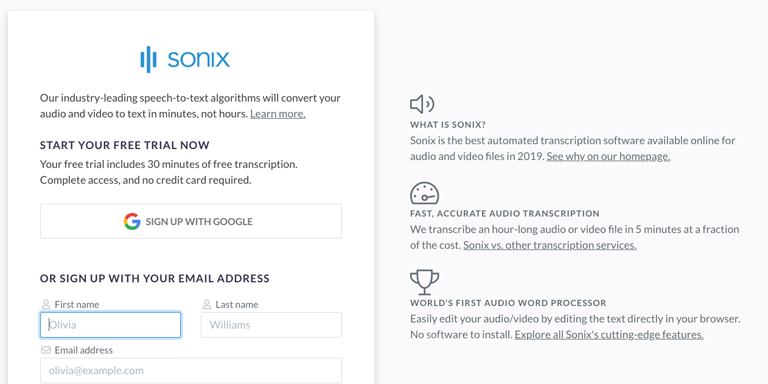
- #WAV FILE CONVERTER HOW TO#
- #WAV FILE CONVERTER CODE#
- #WAV FILE CONVERTER PROFESSIONAL#
- #WAV FILE CONVERTER WINDOWS#
The playlist chunk allows the samples to be played out of order or repeated rather than just from beginning to end. The cue point ( cue ) chunk identifies some significant sample numbers in the wave file. The optional fact chunk reports the number of samples for some compressed coding schemes. The WAV specification includes some optional features. The format chunk includes information such as the sample encoding, number of bits per channel, the number of channels, the sample rate. It is followed by a mandatory format chunk that describes the format of the sample data that follows. The definition shows a toplevel RIFF form with the WAVE tag. The toplevel definition of a WAV file is: → RIFF('WAVE' A later definition of RIFF introduced a similar PAD chunk. The chunk could also be used to reserve some space for future edits so the file could be modified without being rewritten. The chunk allows a chunk to be deleted by just changing its FourCC. RIFF also defines a JUNK chunk whose contents are uninteresting. For example, specifying an appropriate CSET chunk should allow the strings in an INFO chunk (and other chunks throughout the RIFF file) to be interpreted as Cyrillic or Japanese characters.
#WAV FILE CONVERTER CODE#
RIFF files were expected to be used in international environments, so there is CSET chunk to specify the country code, language, dialect, and code page for the strings in a RIFF file. There are other INFO chunk placement problems.
Consequently, the safest thing to do from an interchange standpoint was to omit the INFO chunk and other extensions and send a lowest-common-denominator file. Some readers would abort when they encountered the chunk, some readers would process the chunk if it were the first chunk in the RIFF form, and other readers would process it if it followed all of the expected waveform data.
#WAV FILE CONVERTER HOW TO#
If the chunk were present in the file, then a reader should know how to interpret it, but many readers had trouble. Although the INFO chunk was defined in version 1.0, the chunk was not referenced in the formal specification of a WAV file. The chunk may include information such as the title of the work, the author, the creation date, and copyright information. The specification for RIFF files includes the definition of an INFO chunk. The reader won't be able to use the new information, but the reader should not be confused. The rule for a RIFF (or WAV) reader is that it should ignore any tagged chunk that it does not recognize. The advantage of a tagged file format is that the format can be extended later without confusing existing file readers. The remainder of the RIFF data is a sequence of chunks describing the audio information. In the case of a WAV file, those four bytes are the FourCC WAVE. The outermost chunk of a RIFF file has a RIFF form tag the first four bytes of chunk data are a FourCC that specify the form type and are followed by a sequence of subchunks. Tags consisting of all capital letters are reserved tags. The tag specifies how the data within the chunk should be interpreted, and there are several standard FourCC tags. It has a specific container format (a chunk) that includes a four-character tag ( FourCC) and the size (number of bytes) of the chunk. There are some inconsistencies in the WAV format: for example, 8-bit data is unsigned while 16-bit data is signed, and many chunks duplicate information found in other chunks.Ī RIFF file is a tagged file format.
#WAV FILE CONVERTER WINDOWS#
The user interface (UI) for Audio Compression Manager may be accessed through various programs that use it, including Sound Recorder in some versions of Windows.īeginning with Windows 2000, a WAVE_FORMAT_EXTENSIBLE header was defined which specifies multiple audio channel data along with speaker positions, eliminates ambiguity regarding sample types and container sizes in the standard WAV format and supports defining custom extensions to the format chunk.

Any ACM codec can be used to compress a WAV file. The WAV format supports compressed audio using, on Microsoft Windows, the Audio Compression Manager. WAV files can also be edited and manipulated with relative ease using software.


#WAV FILE CONVERTER PROFESSIONAL#
Since LPCM is uncompressed and retains all of the samples of an audio track, professional users or audio experts may use the WAV format with LPCM audio for maximum audio quality. LPCM is also the standard audio coding format for audio CDs, which store two-channel LPCM audio sampled at 44,100 Hz with 16 bits per sample. Though a WAV file can contain compressed audio, the most common WAV audio format is uncompressed audio in the linear pulse-code modulation (LPCM) format. The RIFF format acts as a "wrapper" for various audio coding formats. The WAV file is an instance of a Resource Interchange File Format (RIFF) defined by IBM and Microsoft.


 0 kommentar(er)
0 kommentar(er)
